- Category
- Latest news
Russia’s War Machine Strains Under Sanctions and Aging Soviet Stockpiles, Investigation Finds
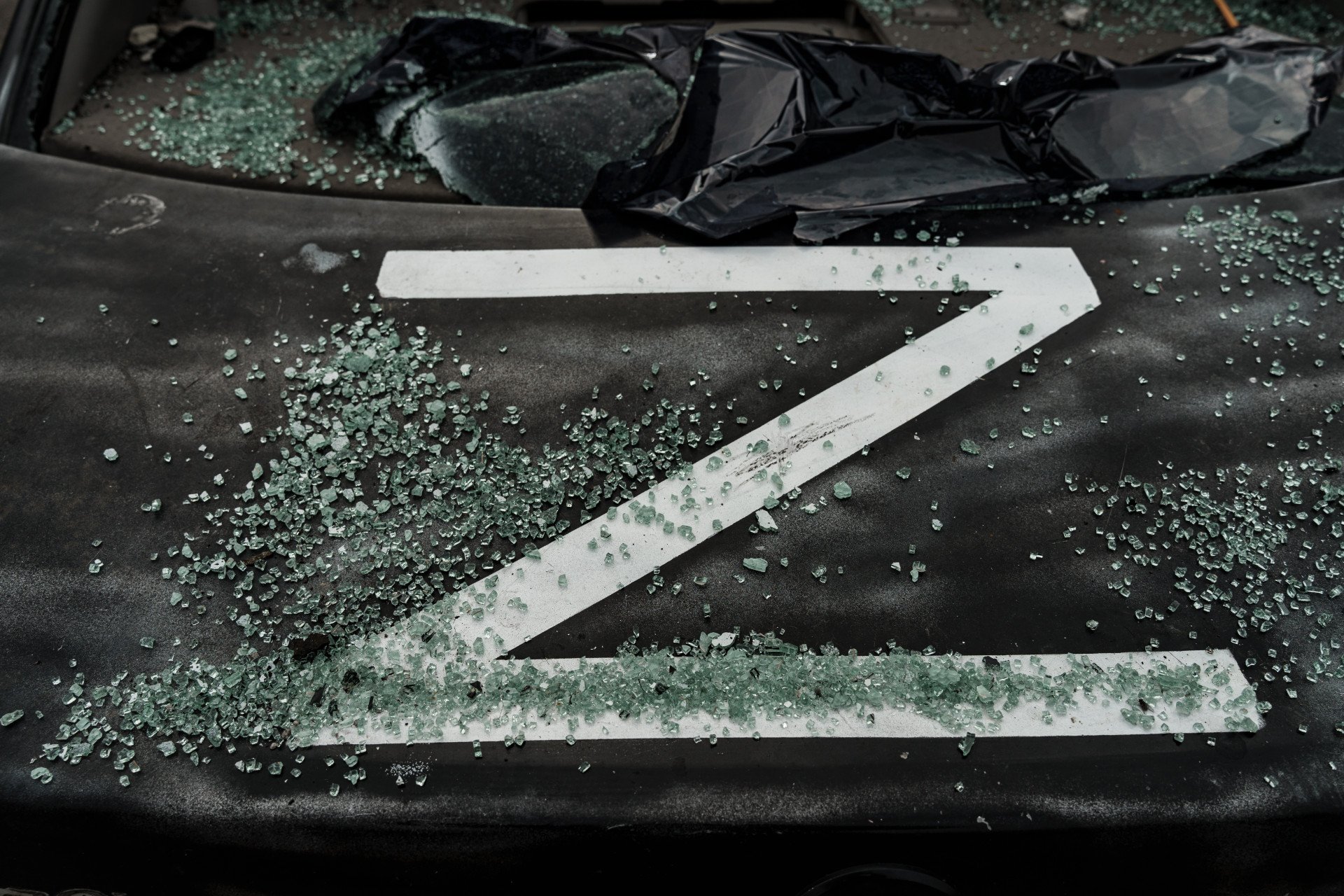
Following the 2022 full-scale invasion of Ukraine, the Russian military-industrial complex (MIC) has been operating in “long war” mode—pushing production higher while grappling with mounting shortages of modern components, brain drain, and reliance on increasingly outdated Soviet-era stockpiles
Russia’s MIC is straining to sustain its forces amid the prolonged war against Ukraine, according to an in-depth investigation published by the open-source intelligence group Conflict Capital on April 25.
Conflict Capital’s first-quarter 2025 report reveals a defense industry focused on scaling production at any cost, relying heavily on refurbishing Cold War-era equipment and improvising to overcome sanctions-induced technological isolation.
Soviet relics reborn: Russia’s armored corps
Facing devastating losses in Ukraine, Russia has reactivated over 3,500 armored vehicles from Soviet-era storage, Conflict Capital found.
These vehicles are hastily modernized with patchwork repairs—replacing engines, adding steel plates, and installing makeshift cage armor, earning nicknames like “turtle tanks.”

While such modifications may slightly improve crew survivability, they drastically reduce vehicle maneuverability and remain ineffective against modern anti-tank guided missiles.
Images circulated by Russian military channels show tanks and infantry fighting vehicles (IFVs) sporting improvised metal frameworks, including the so-called “Bob Marley” design, named for its resemblance to dreadlocks.
Production of newer platforms such as the BMP-3 IFV and the BTR-82A armored personnel carrier remains limited.
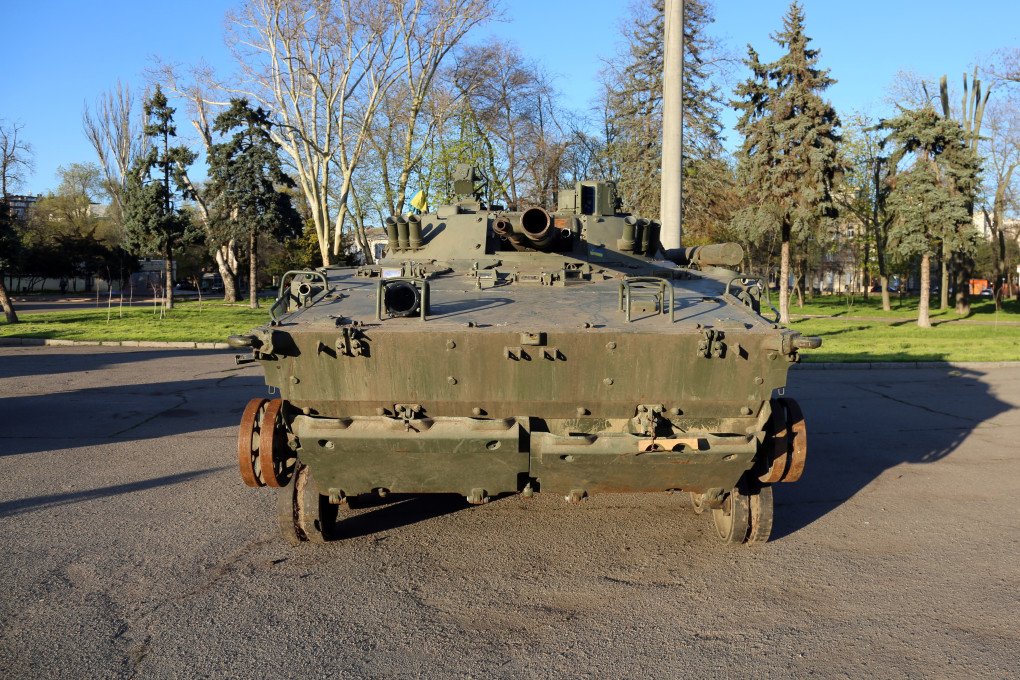
According to a Kommersant report from August 2024 and a December 2024 Rostec release, hopes of boosting BMP-3 output were dashed by persistent shortages of imported microchips, especially from Taiwan and South Korea.
Meanwhile, the production of the airborne BMD-4M vehicle and the BTR-82A has stagnated, constrained by sanctions on optics and electronics.
Russia’s improvisational “mutant” vehicles—hybrids of older platforms and repurposed naval weapons—underscore the depth of its equipment shortfall.
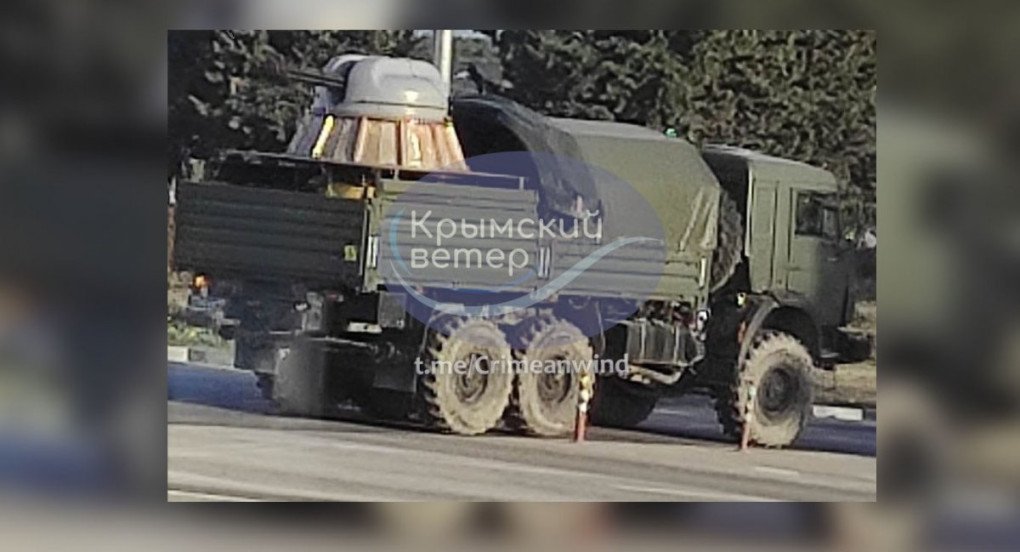
In February 2025, for instance, observers noted a six-barrel AK-630 naval cannon mounted on a KamAZ truck, a vivid symbol of battlefield desperation.
Air defense under strain: quantity over quality
Russia’s once-feared air defense network is now showing signs of severe strain, Conflict Capital reports. While serial production of the S-400 “Triumf” system continues, and limited deployments of the next-generation S-500 “Prometey” have been noted, both programs suffer from bottlenecks tied to shortages of radar modules and microchips.
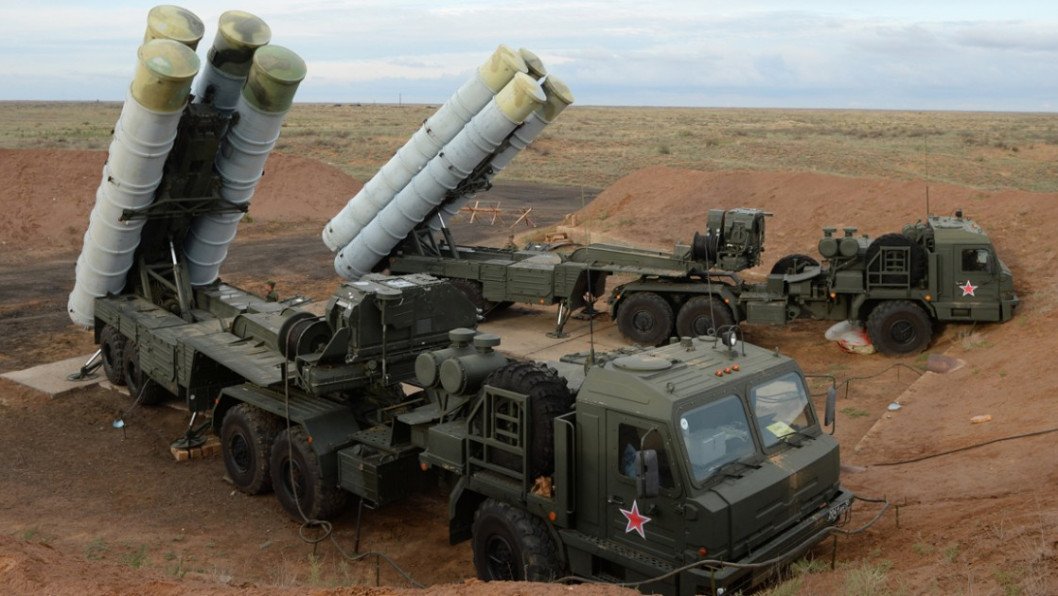
Short-range air defense efforts have pivoted toward countering Ukrainian drones. The Pantsir-S1 remains widely deployed, but its limitations against small UAVs have forced Russia to introduce the Pantsir-SM-SV—a modernized system based on 1990s technology.
Mounted on the GM-5970 tracked chassis, the new Pantsir is less a technological leap than a repackaged legacy system, Conflict Capital notes.
Meanwhile, Russian forces are turning to Cold War relics like the ZSU-23–4 “Shilka” to fend off drone swarms.
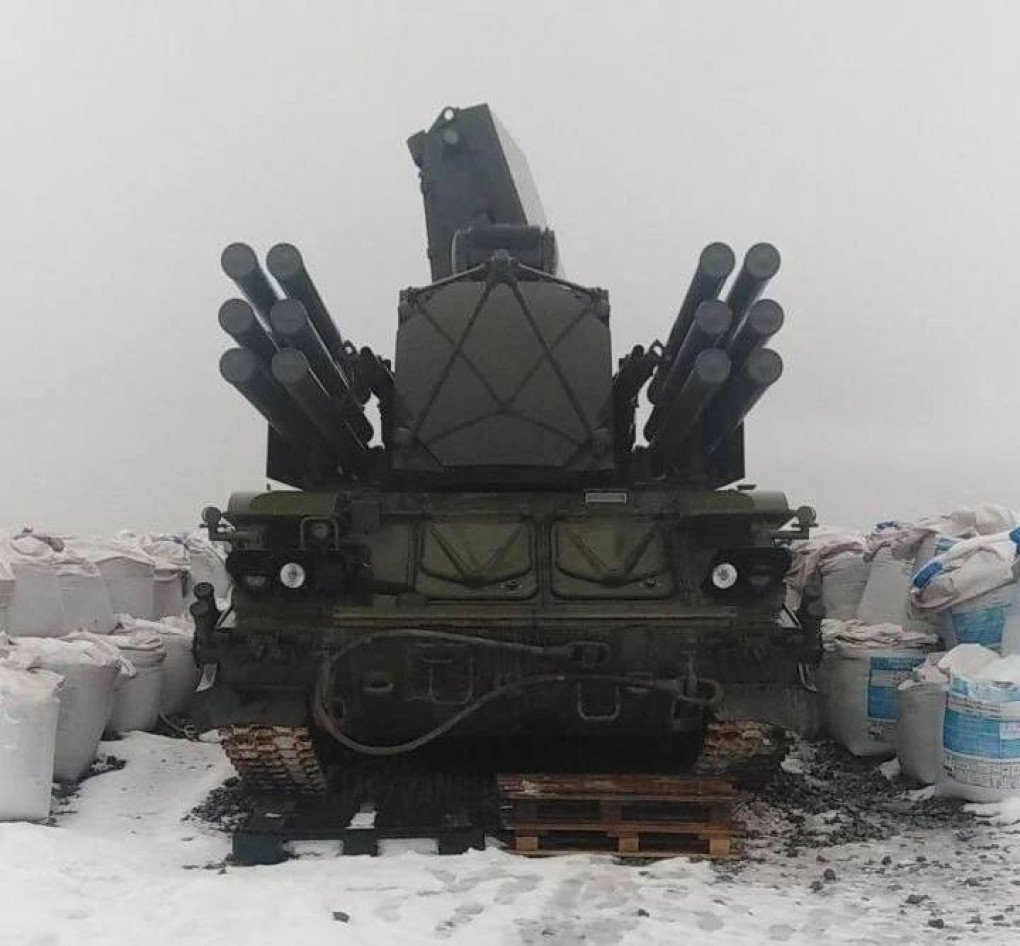
Improvised solutions such as anti-drone netting, first deployed around logistics hubs, have evolved into semi-standardized defensive measures. These adaptations reflect both ingenuity and a desperate bid to plug widening gaps in Russian air defenses.
Electronic warfare: Russia’s battlefield edge
Among all military sectors, Russia’s electronic warfare (EW) capabilities remain the most effective. Conflict Capital’s investigation highlights the deployment of systems like Zhitel, Pole-21, and Leer-3, which cover the battlefield zones with GPS and communications jamming.
Portable systems such as SERP-VS13D, Cheburashka, and Black Eye are increasingly effective against Ukrainian first-person-view (FPV) drones, reducing their operational success by an estimated 10%.
On the other hand, despite achieving some success in countering Ukrainian drones, the Russian EW systems are often targeted by Ukrainian strike drones, with Ukrainian Armed Forces being able to damage and destroy multiple complexes such as Zhitel, Nebo, Borisoglebsk-2 and many others.
In addition, Russia’s reliance on commercial electronics imported via China poses long-term sustainability risks.
The broader trend points to a highly capable EW force compensating for deficiencies in armored and air defense systems. Yet ongoing brain drain and limited access to next-generation technologies raise questions about how long Russia can maintain this asymmetric advantage.
Drones and loitering munitions: rapid growth, rudimentary quality
Russia has significantly ramped up drone production, expanding its UAV fleet across the battlefield. Loitering munitions like the Lancet-3 and the newer KUB-2 and Italmas drones now play a central role in Russia’s strike capabilities.
The Italmas, modeled on Iranian Shahed drones, can reach targets up to 200 kilometers away, delivering heavier payloads.
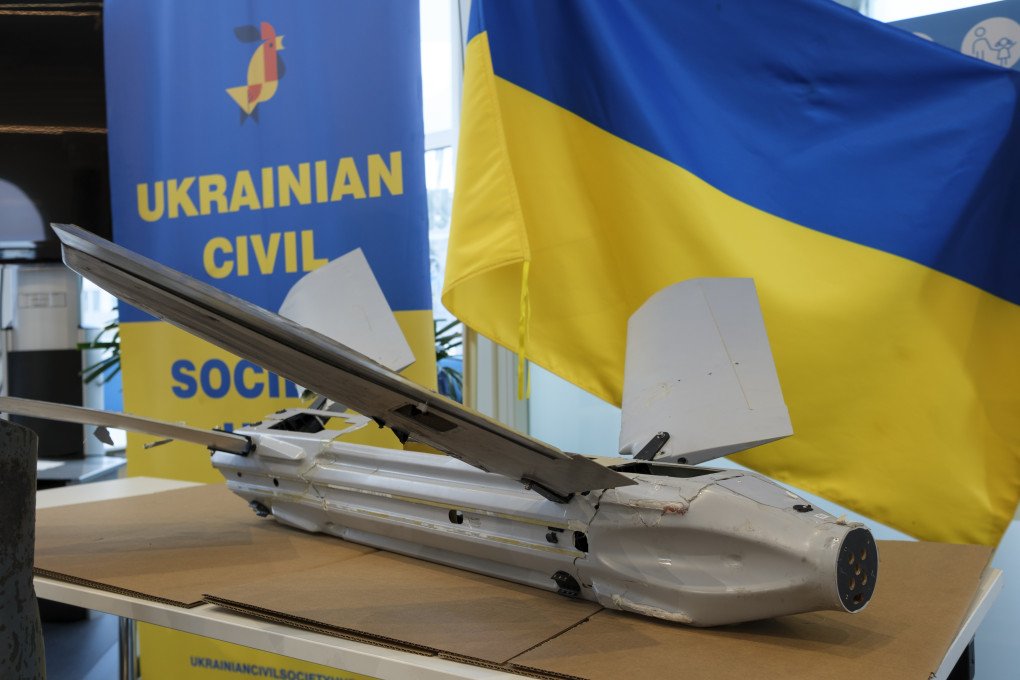
Despite sanctions, Conflict Capital found that Russia continues to produce hundreds of Lancet munitions per month—albeit through manual assembly and non-specialized facilities, including repurposed shopping malls.
At the tactical level, inexpensive FPV drones like the Privet-82, costing around $1,600 each, are churned out at rates of up to 100 units per day.
However, these drones rely on analog controls, making them vulnerable to Ukrainian EW systems. Their mass deployment reflects Russia’s continued emphasis on quantity over technological sophistication.
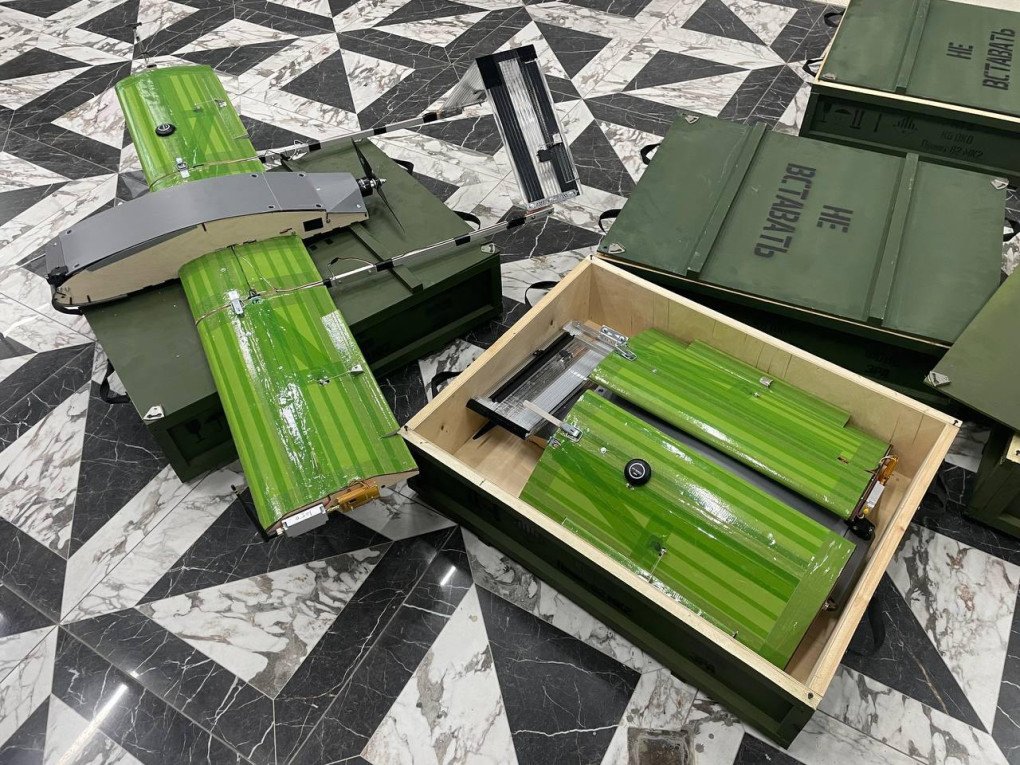
Meanwhile, upgraded Orlan-30 and Zala Z16 reconnaissance drones are equipped with better optics and some EW resistance.
New systems integrating electronic intelligence capabilities can now detect electromagnetic emissions up to 30 GHz, allowing Russia to target radars, EW complexes, and even Starlink terminals used by Ukrainian forces.
Dependence on outdated systems and dwindling resources
As Russia enters 2025, its military-industrial complex showcases a combination of forced innovation and deepening dependency on aging systems.
Conflict Capital’s report concludes that while Russia has succeeded in sustaining battlefield operations through mass mobilization and improvisation, critical vulnerabilities persist.
A record 13.5 trillion rubles (around $144–145 billion USD) has been allocated to military spending this year—representing over 6% of Russia’s GDP.
Yet, much of this effort is spent reviving Soviet hardware, patching obsolete systems, and scrambling to compensate for technological isolation.

Western sanctions, brain drain, and industrial exhaustion are grinding down Russia’s ability to fight a modern war, even as the Kremlin continues to pour resources into sustaining its long war against Ukraine.
Earlier, reports emerged that based on satellite images of storage bases and repair factories, researchers concluded that the pace of Russian tank restoration has slowed by 3.5 to 4 times compared to 2022, making it insufficient to replace battlefield losses.
By February 2025, 2,069 tanks were removed from open-type storage bases, and another 2,000 tanks from closed storage hangars. Between 2022 and 2025, over 4,000 tanks in the best condition were decommissioned, accounting for 54% of all vehicles that could be restored.
However, from February 2024 to February 2025, only 342 tanks were decommissioned, showing a sharp slowdown.


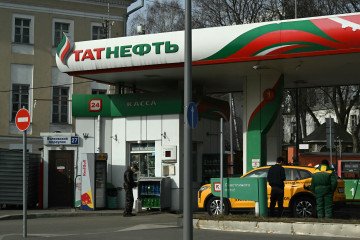


-111f0e5095e02c02446ffed57bfb0ab1.jpeg)

